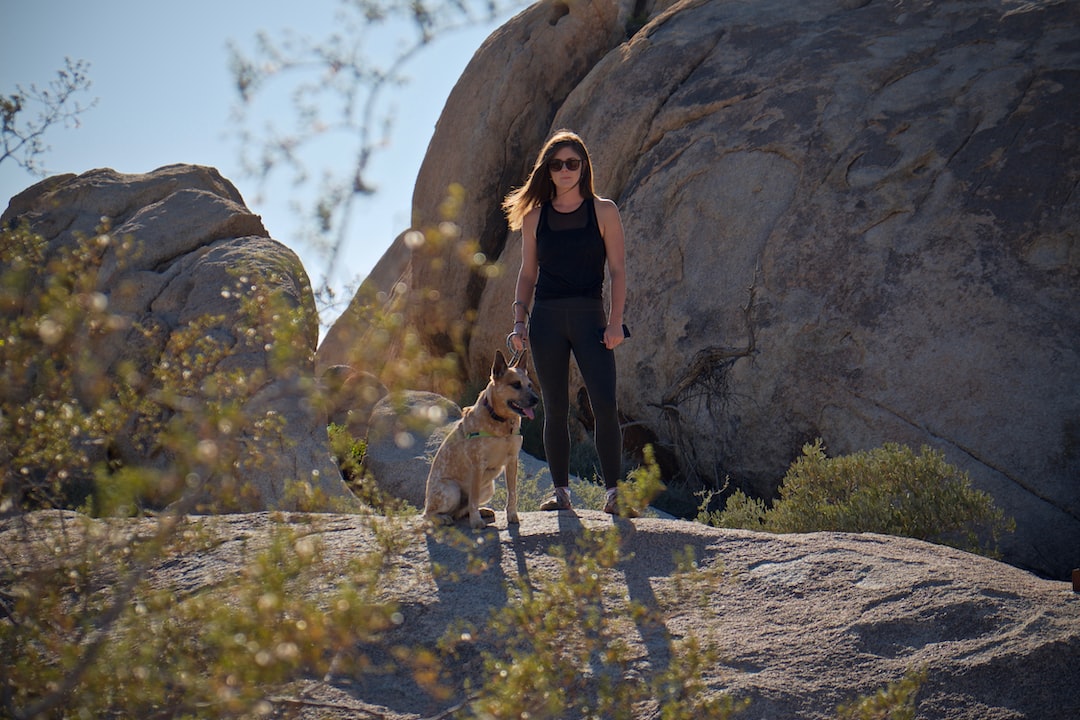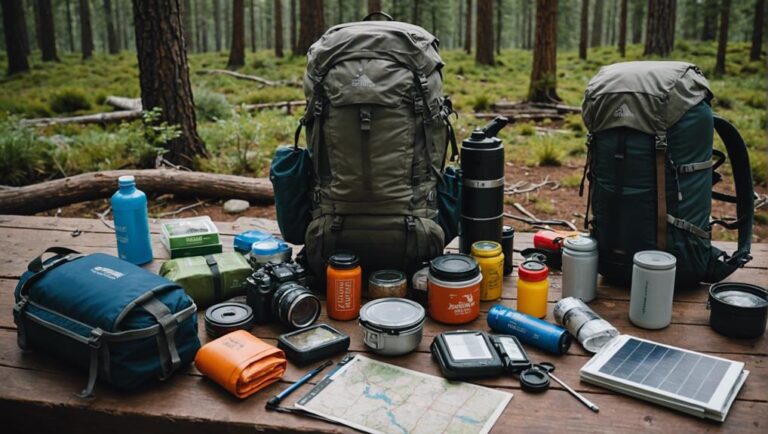Hiking With Dogs: Tips For Keeping Your Furry Friend Safe And Happy On The Trails
Hiking with your furry friend can be a rewarding and enjoyable experience for both you and your dog. It allows you to spend quality time together, explore new sights and sounds, and get some much-needed exercise. However, before leashing up your dog and hitting the trails, it is important to plan ahead and consider their safety and well-being. In this article, we will explore essential tips for hiking with dogs and keeping them safe and happy on the trails.
Planning Ahead for Hiking with Dogs
Researching the Trail Restrictions and Guidelines for Dogs
Before heading out for a hike with your dog, it is crucial to research the trails in your area and look for any restrictions or guidelines for dogs. Some trails may have specific dog-friendly areas or may require your dog to be on a leash. Failing to follow these guidelines can result in fines or even loss of access to certain trails.
Checking the Weather Forecast
When planning a hike with your dog, it is important to check the weather forecast beforehand. Extreme heat or cold weather can be harmful to dogs, causing dehydration, heat stroke, or hypothermia. Avoid hiking during the hottest parts of the day or during extreme weather.
Packing Essential Items such as Water, Food, First Aid Kit, Poop Bags, Leash, and Harness
When hiking with your dog, packing essential items can make the experience much more enjoyable for both you and your dog. Bring along plenty of water and snacks for both you and your dog. Pack a first-aid kit in case of injury, and don’t forget poop bags for proper waste disposal. Additionally, bring a leash and harness in case your dog needs to be restrained for safety reasons.
Keeping Your Dog Safe on the Hike
Keeping Your Dog on a Leash
Keeping your dog on a leash prevents them from running off, getting lost or injured, and causing harm to wildlife or other hikers. In most areas, dogs are required to be on a leash at all times. However, if you know a specific area to be dog-friendly, you may opt for an extendable leash.
Keeping Your Dog Hydrated and Well-fed
It is important to keep your dog hydrated throughout your hike, especially on hot days. Bring plenty of water and offer it to your dog frequently throughout the hike. Also, pack snacks for your dog that are high in protein and fat to keep them fueled on the trail.
Being Aware of Signs of Heat Stroke or Hypothermia
Signs of heat stroke in dogs include excessive panting, weakness or collapse, vomiting, and bright red tongue and gums. Signs of hypothermia include shivering, lethargy, a drop in body temperature, and a slow heart rate. If you notice any of these signs, seek veterinary care immediately.
Being Cautious of Wildlife Encounters
When hiking with your dog, be aware of potential wildlife encounters such as snakes or other animals that may cause injury to your pet. Stay on the trail and keep your dog on a leash to prevent them from wandering and triggering any wildlife encounters.
Checking for Ticks and Other Harmful Insects
Check your dog for ticks and other harmful insects regularly while hiking. Ticks can cause Lyme disease and other harmful infections in both dogs and humans.
Protecting Your Dog’s Paws
The terrain can be rough on your dog’s paws, especially in extreme weather conditions. Protect your dog’s paws with booties or paw wax to prevent cuts, scrapes, or burns.
Essential Training for Hiking with Dogs
Teaching Basic Commands such as “Come”, “Stay”, and “Leave it”
Teaching your dog basic commands such as “come,” “stay,” and “leave it” can help keep them safe on the trail. These commands can prevent your dog from venturing too far away, eating something harmful, or approaching unfamiliar animals.
Socializing Your Dog with Other Dogs and Humans
Socializing your dog with other dogs and humans can make the hiking experience more enjoyable for both you and your dog. It helps your dog get used to new sights, sounds, and smells on the trail, and it can also prevent aggressive behavior towards other hikers or dogs.
Preparing Your Dog for Different Terrains and Environments
Hiking can take place on different types of terrain from rocky, steep, or muddy trails. It is important to prepare your dog for these terrains by gradually introducing them to different types of environments and gradually increasing the difficulty of hikes.
Importance of Responsible Hiking with Dogs
Respect for the Environment and Wildlife
When hiking with your dog, it is important to respect the environment and wildlife. Do not let your dog chase wildlife, and always leave no trace on the trail.
Understanding Trail Etiquette
Familiarize yourself with trail etiquette to ensure that both you and your dog are following proper hiking etiquette. Yield to other hikers, pick up after your dog, and keep your dog on a leash at all times.
Proper Waste Disposal
Always pack out dog waste and dispose of it properly. Dog waste can have harmful effects on the environment and can contaminate water sources.
Following Park Rules and Regulations
When hiking in a state or national park, it is important to follow park rules and regulations. These rules may include specific areas for dogs or requirements for leashing, so make sure to research the park beforehand.
Hiking with your dog can be a wonderful experience that strengthens your bond and offers the physical and mental benefits of being in nature. However, it is essential to plan ahead, keep your dog safe and well-fed, and understand trail etiquette and park rules. By following these tips, you and your furry friend can enjoy a safe and memorable hike together.
FAQs
1. Are all hiking trails dog-friendly?
– No, not all hiking trails are dog-friendly. It is important to research the trail ahead of time to ensure that dogs are allowed and there are no restrictions.
2. How often should I offer my dog water while hiking?
– Offer your dog water every 15-20 minutes during the hike, especially on hot days.
3. Can I hike with my puppy?
– Puppies can hike, but they should be gradually introduced to hiking and should not be overexerted. Consult with your veterinarian before taking a puppy on a hike.
4. What should I do if my dog becomes injured on the trail?
– Seek veterinary care immediately if your dog becomes injured on the trail. Have a first-aid kit on hand for immediate care.







